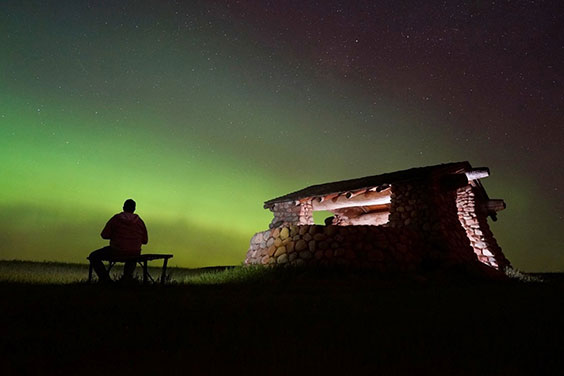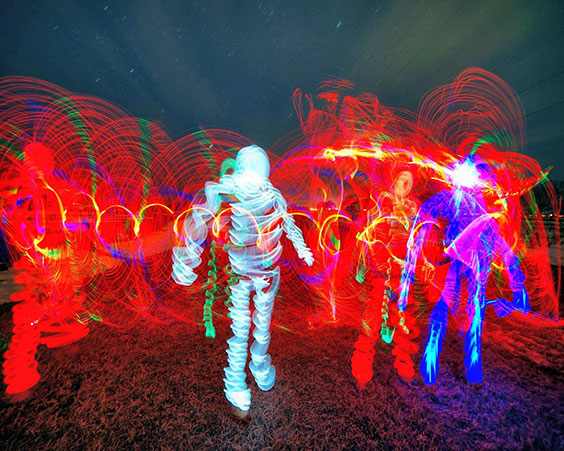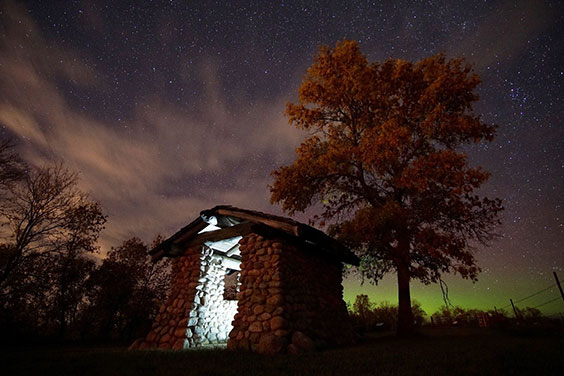Historic site supervisors are a varied lot. We have backgrounds not only in history but also in museums, construction, art, and science to name a few. We tend to be quite attached to our historic sites, putting our heart and soul into educating the public about them and ensuring their preservation for future generations. It is not uncommon for visitors to the Former Governors’ Mansion State Historic Site, where I am the site supervisor, to ask if I live in the house since I seem so attached to it. No, I do not live in the house, though I live so close I can see my 1890 Victorian house from my office window.
Our hobbies and other occupations tend to intermingle and impact the work we do for our various sites and for the State Historical Society of North Dakota more generally. For instance, multiple state historic site staffers are also teachers and bring the skill of working with young people to their State Historical Society roles. Many staff also have hobbies that benefit their state historic sites with skills in carpentry, model making and textile arts to name a few.
When I’m not at the Former Governors’ Mansion or Camp Hancock State Historic Site, where I am also supervisor, I spend time honing my craft as a professional artist creating light paintings and capturing the night sky with my many cameras. You may have seen my photographs on the web or in publications of the State Historical Society, North Dakota Parks and Recreation Department, and North Dakota Tourism.
Our state historic sites are a great place for photography. Two sites I often visit once the sun goes down are Menoken Indian Village and Double Ditch Indian Village not far from Bismarck. Both sites offer great views of the night sky and both have 1930s Depression-era fieldstone shelters that make excellent foregrounds for photography. Of course, I visit other places, too, such as state parks, rural churches, and abandoned buildings—all of these locations tied together by their connection to North Dakota’s history. The opportunity to see and learn about North Dakota through my photography, in turn, makes me a better state historic site supervisor.

The northern lights illuminate the sky over Double Ditch Indian Village State Historic Site.

In “Starry Night on the Prairie,” I created star trails over Double Ditch Indian Village State Historic Site by taking a few hundred photographs and layering them using computer software. The center of the trails is Polaris (North Star) which sits directly over the axis of the Earth and from our point of view does not move.

My light painting “Night Walkers” is set against the backdrop of the Menoken Indian Village State Historic Site.

The stone shelter at Menoken Indian Village State Historic Site under a dome of clouds, stars, and the northern lights.

A magical night at Menoken Indian Village State Historic Site.

